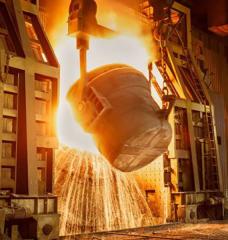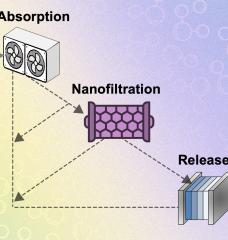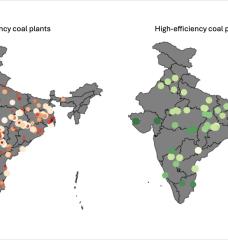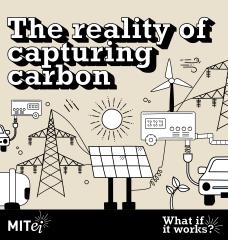
More than any other company, Climeworks is putting direct air capture (DAC) on the map.
Climate models indicate that to cap global warming at well below 2 °C over preindustrial levels, we’ll need to remove gigatons, or billions of tons, of carbon dioxide from the atmosphere. Carbon-scrubbing machines are an attractive option for doing so because they require far less land than natural solutions like reforestation, and you can more reliably measure how much greenhouse gas is sequestered. But today, so-called DAC technology is in its infancy.
Climeworks is among the first companies to try to commercialize it. Using air collectors that draw carbon in and trap it on specialized filters, Climeworks is building modular and scalable DAC plants powered by renewable energy. In 2017, the company opened the world’s first commercial DAC plant in Switzerland, which sold captured carbon to customers like Coca-Cola. In 2021, Climeworks launched Orca, the first commercial DAC plant to capture carbon and store it permanently underground, in partnership with Carbfix.






